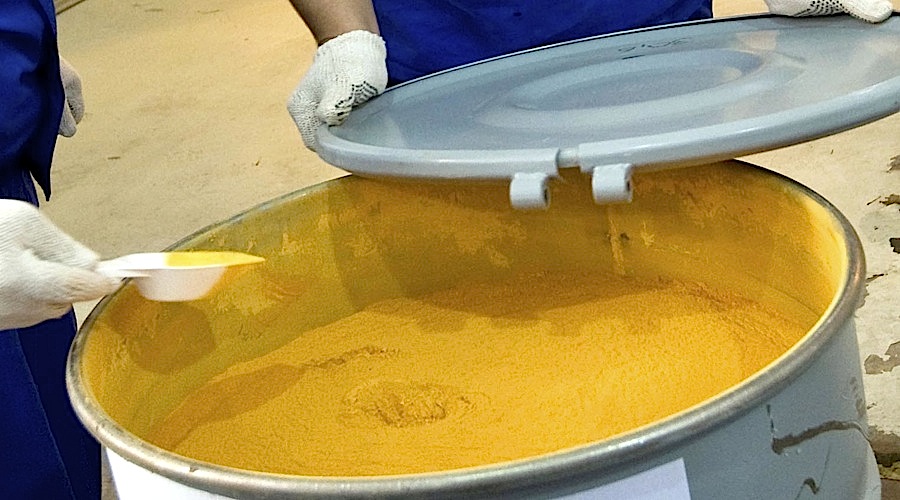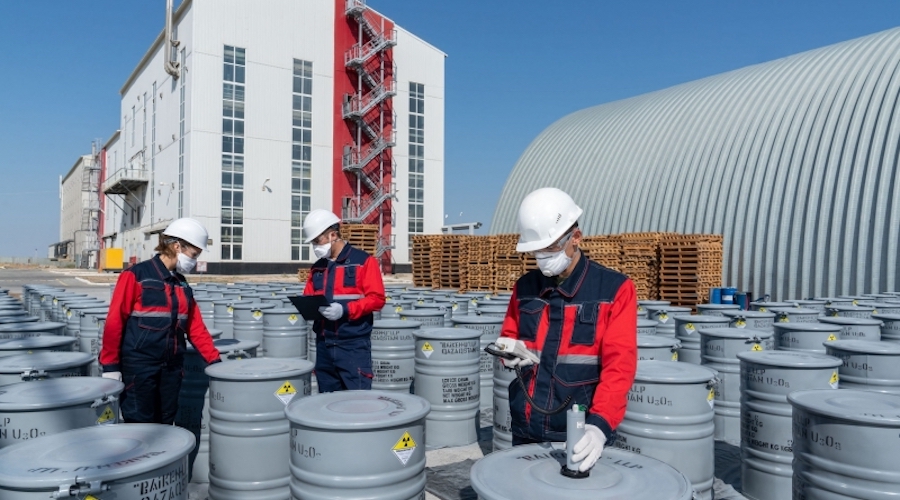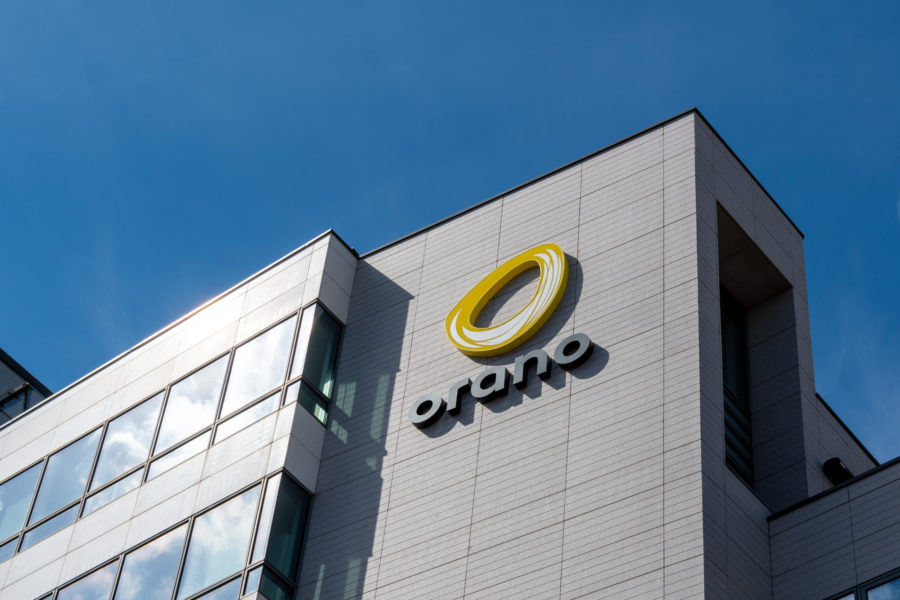The right project for the time
It’s an environment that bodes well for Denison Mines Corp. (TSX: DML, NYSE: DNN) and its 90 per cent interest in the Wheeler River project in northern Saskatchewan. Wheeler River lies along trend with McArthur River in the eastern portion of the Athabasca Basin region in the province, an area considered by many to be the Saudi Arabia of uranium.
In September, the company put out a pre-feasibility study (PFS) on the Wheeler River project, which includes both the high-grade Phoenix and Gryphon deposits. They also announced the selection of the in-situ recovery (ISR) mining method for its Phoenix deposit.
ISR is an alternative to traditional mining that involves a series of injection and recovery wells, rather than large open pits or costly shafts. In an ISR operation, a solution is injected into the ground which dissolves the uranium in the ore body. Then, it’s returned to the surface for processing as a uranium-rich solution. The entire process works in a closed-loop system that keeps environmental impacts to a minimum.
“Most players would require a significant uranium price increase to justify production. Low operating costs and reasonable capex at Phoenix are going to allow us to produce in this cycle.”— David Cates, President & CEO, Denison Mines Corp.
In announcing the pre-feasibility study for Wheeler River, Denison CEO David Cates commented, “Based on an estimated production cost of US$3.33 per pound U3O8, and relatively modest initial capital costs, the Phoenix operation is expected to have superior leverage to an anticipated recovery of the spot price of uranium.”
Robust economics, even in the current environment
As illustrated in Denison’s PFS, the low estimated costs at the Phoenix project means that production at Wheeler River may be feasible — even at the current uranium spot price with a very healthy operating margin estimated at 90 per cent. This is a huge differentiator for Denison, as uranium projects take time to permit and build in Canada – with most of the company’s peers requiring higher prices to justify even a decision to move forward with permitting.
In early December, Denison announced that it would be initiating the Environmental Assessment and permitting process in early 2019, following the strong results from its PFS and receiving the unanimous support of its Board of Directors to advance the project. Phoenix, together with the nearby Gryphon deposit, planned as a conventional underground mining operation, are expected to give Wheeler River a 14-year mine life with 109.4 million pounds of U3O8 production. The project would have a pre-tax, base-case net present value of $1.31 billion, discounted at 8 per cent, and an internal rate of return of 38.7 per cent.
Denison’s base-case analysis is unique in that it uses a third party price deck for the selling price of uranium from the Phoenix operation. It would start at today’s spot price, at approximately US$29 per pound and would rise to US$45 per pound over the life of the operation.
According to Cates, starting the construction decision process now is critical, “We have to be able to defy the majors and the choices they’re making and start building and permitting now to be producing in 2024. Fortunately, our project’s economics support that decision and we have a clear path forward.”
An environmentally friendly mining approach
Using ISR to mine Phoenix has more than just cost benefits. The method is generally considered one of the most environmentally friendly ways to mine uranium, as it creates no tailings and typically results in minimal surface disruption.
Denison’s planned approach at Phoenix also includes creating a “freeze dome” to surround the uranium deposit, allowing for ISR mining to be used in what is otherwise a challenging geological setting. Additionally, it eliminates the risk of groundwater contamination from mining. Cates comments, “With our planned freeze dome, we’ll have physical containment of mineralization on all four sides and the top and bottom, so the risk of uranium or the mining solution entering the groundwater is minimal. This could arguably set a new bar for the most environmentally friendly mining operation in the world.”
As Denison moves ahead to the testing phase for its ISR method at Phoenix, it expects to carry out a series of field and lab tests that should generate a steady flow of news, as permitting and de-risking milestones are met. With production costs that are estimated to be lower than any of the company’s rivals, Denison is in a unique position to continue to move the project ahead without relying on the uranium market to improve.
Cates sees it as a critical differentiator for his company — “Most players would require a significant uranium price increase to justify production. Low operating costs and reasonable capex at Phoenix are going to allow us to produce in this cycle.
By Jason Smith, special to BNN Bloomberg from Market One Media.





